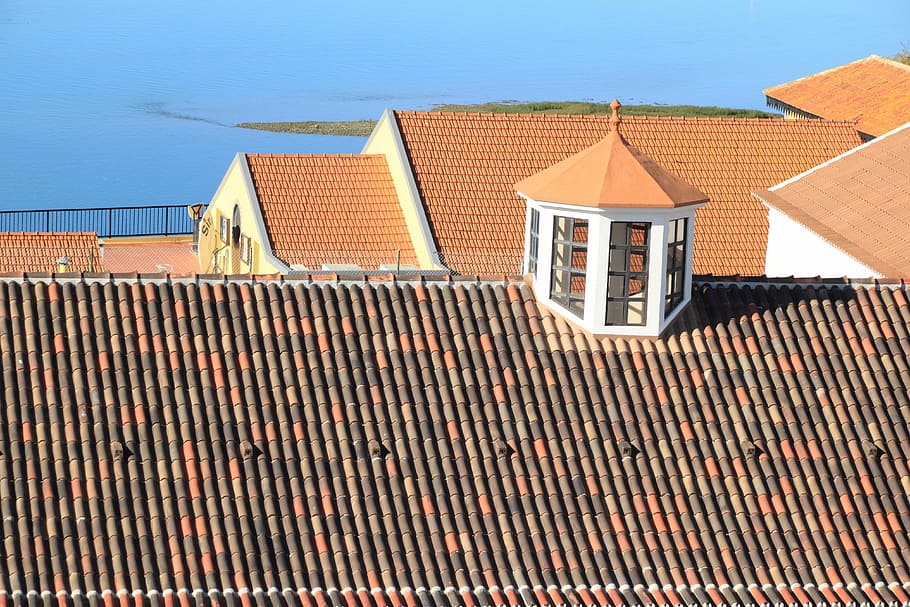The Impact of Weather on Your Roof: Understanding the Effects and How to Protect Your Home

Introduction: Why Weather is a Major Factor in Roof Deterioration
Weather plays a significant role in the deterioration of roofs, making it a major factor that homeowners and property managers need to consider. The constant exposure to various weather conditions can have a profound impact on the integrity and longevity of roofs. This section will explore the effects of weather on roofs, highlighting the importance of weather-related roof maintenance.
Roof weathering is a natural process that occurs over time due to exposure to elements such as rain, snow, wind, heat, and UV rays. Each type of weather condition contributes differently to roof damage. For instance, heavy rainfall can lead to water pooling and leaks if proper drainage systems are not in place. Snow accumulation can cause excess weight on the roof structure and potentially result in structural damage or collapse.
The Effects of Sun Exposure on Your Roof:
Extreme temperatures also take their toll on roofs. Intense heat can cause roofing materials to expand and contract repeatedly, leading to cracks or warping. Similarly, freezing temperatures can cause materials like shingles or tiles to become brittle and prone to cracking.
Regular maintenance becomes crucial in mitigating weather-related roof damage. Proper inspection and timely repairs can prevent small issues from escalating into more significant problems caused by ongoing exposure to harsh weather conditions.
In this section, we will delve into specific types of weather-related roof damage and explore preventive measures that homeowners and property managers can take for effective roof maintenance. Understanding the impact of different weather conditions on roofs will empower individuals with knowledge needed for proactive care and preservation of their roofing systems.
The Role of Rain and Moisture in Roof Damage:
Rain and moisture play a significant role in causing damage to roofs. Water leaks and water damage are common issues that can arise due to heavy rainfall or improper roof maintenance. When water seeps through cracks or gaps in the roof, it can lead to the growth of mold and mildew, which not only affects the structural integrity of the roof but also poses health risks.
Additionally, prolonged exposure to moisture can result in the rotting or warping of wooden components used in roofing systems. This can weaken the overall structure and potentially lead to costly repairs or even roof collapse.
Furthermore, metal roofing materials are susceptible to corrosion when exposed to moisture for extended periods. This corrosion weakens their strength and durability, making them more prone to damage.
To mitigate these risks, it is crucial for homeowners and property managers to prioritize proper drainage systems and regular gutter maintenance. Adequate slope and effective gutter systems help redirect rainwater away from the roof, preventing water accumulation that could cause damage over time.
Regular inspection of roofs for any signs of leaks or damage is also essential. Identifying and addressing issues early on can prevent further deterioration and save costs in the long run.
In conclusion, understanding the role of rain and moisture in roof damage highlights the importance of proactive measures such as proper drainage systems, gutter maintenance, regular inspections, and timely repairs. By taking these steps, homeowners can protect their roofs from water-related issues such as leaks, mold growth, rotting wood components, and corrosion of metal materials.
The Impact of Windstorms on Your Roof's Integrity
Windstorms can have a significant impact on the integrity of your roof, causing various types of damage. One common issue is wind uplift, which occurs when strong winds create a suction effect that lifts the shingles or tiles on your roof. This can lead to shingle detachment and expose your roof to potential leaks.
In the case of flat roofs, windstorms can cause damage to the roof membrane. The forceful winds can peel back or tear the membrane, compromising its ability to protect your home from water infiltration.
Another concern during windstorms is flying debris. High winds can pick up objects such as tree branches, loose items, or even construction materials and propel them into your roof. This can result in punctures or tears in roofing materials, leading to leaks and further structural damage.
To mitigate these risks and maintain a wind-resistant roof, there are several maintenance tips you should consider. Firstly, ensure that your shingles or roofing materials are properly installed with appropriate fasteners and adhesives that withstand high winds. Regular inspections should be conducted to identify any loose or damaged shingles that need repair.
Additionally, trimming trees around your property will help minimize the risk of branches falling onto your roof during a storm. Properly securing loose items in your yard or outdoor space will also prevent them from becoming dangerous projectiles in high winds.
In conclusion, understanding the impact of windstorms on your roof’s integrity is crucial for maintaining a safe and secure home. By implementing proper maintenance practices and investing in wind-resistant roofing materials, you can minimize potential damage caused by wind uplift, flying debris, and other associated risks during severe weather events.
Snowfall and Its Effect on Your Roof's Structural Integrity
Snowfall can have a significant impact on the structural integrity of your roof. The weight of snow accumulating on your roof, also known as snow load, can put immense pressure on the structure. This excess weight can lead to structural damage or even collapse if not properly managed.
One common issue that arises from heavy snowfall is the formation of ice dams. As snow melts and refreezes at the edge of your roof, it creates a barrier that prevents proper drainage. The trapped water can then seep into your roof, causing leaks and potential water damage to your home’s interior.
Another concern during winter is the freeze-thaw cycle. As temperatures fluctuate between freezing and thawing, any existing cracks or vulnerabilities in your roof may worsen. Water can penetrate these openings during thaw cycles and freeze again when temperatures drop, expanding and creating larger cracks or leaks.
To protect your roof from the effects of snowfall, it is crucial to have proper insulation and ventilation in place. This helps prevent ice dam formation by maintaining a consistent temperature on your roof surface. Additionally, regular maintenance such as removing excess snow from your roof and ensuring proper drainage systems are in place can help mitigate potential damage.
If you notice any signs of structural issues or water leakage after heavy snowfall, it is essential to address them promptly by contacting a professional roofing contractor. They will be able to assess the situation and provide necessary repairs or reinforcements to maintain the integrity of your roof throughout winter and beyond.
Steps to Protect Your Roof from Weather-Related Damage
To protect your roof from weather-related damage, there are several important steps you can take. Regular roof inspections and maintenance play a crucial role in identifying potential issues before they escalate. By conducting these inspections, you can catch any signs of damage early on and address them promptly.
Prompt repairs are essential when it comes to protecting your roof. Any leaks or damaged areas should be repaired as soon as possible to prevent further deterioration. This includes fixing loose or missing shingles, repairing flashing, and sealing any gaps or cracks.
Installing weather-resistant roofing materials is another effective way to safeguard your roof from the elements. These materials are designed to withstand harsh weather conditions such as high winds, heavy rain, and extreme temperatures. They provide an added layer of protection against potential damage.
Reinforcing weak areas of your roof is also important in preventing weather-related damage. This may involve reinforcing trusses or adding additional support structures where needed. By strengthening these vulnerable areas, you can enhance the overall resilience of your roof.
Proper attic insulation and ventilation are crucial for maintaining temperature control within your home and protecting your roof from weather-related issues. Adequate insulation helps regulate heat transfer, preventing ice dams during winter months and reducing heat buildup in the summer. Proper ventilation helps remove excess moisture that can lead to mold growth or rotting of the roofing materials.
In addition to these measures, it is essential to keep gutters clean and ensure proper drainage away from the foundation of your home. Clogged gutters can cause water backup, leading to water pooling on the roof surface or overflowing onto the structure below.
By following these steps diligently, you can significantly reduce the risk of weather-related damage to your roof and prolong its lifespan. Regular maintenance, prompt repairs, installation of weather-resistant materials, reinforcement of weak areas, proper attic insulation and ventilation, as well as gutter maintenance all contribute towards a robust defense against adverse weather conditions
Conclusion: Taking Proactive Steps to Preserve Your Roof's Lifespan
In conclusion, taking proactive steps to preserve your roof’s lifespan is crucial in ensuring its longevity and protecting your home from potential damage. By implementing proper roof protection measures and weatherproofing techniques, you can safeguard your roof against the elements and extend its lifespan.
Regular maintenance is key to preventing major issues and costly repairs down the line. Simple tasks such as inspecting for any signs of damage, cleaning out gutters, and removing debris can go a long way in maintaining the integrity of your roof. Additionally, scheduling professional roofing services on a regular basis will help identify any underlying issues that may not be immediately visible.
Investing in high-quality materials during installations or repairs is also essential for long-term roof preservation. Weather-resistant materials can withstand harsh conditions and provide added durability to your roof.
Remember that prevention is always better than cure when it comes to maintaining your roof’s lifespan. By being proactive and following these tips, you can ensure that your roof remains in optimal condition for years to come, providing you with peace of mind and protecting your home from potential damages caused by a compromised roof.
Why us?
Bossier City Roofing is your premier destination for top-notch roofing services in the heart of Bossier City. Whether you want to enhance your home’s protection or elevate its curb appeal, our years of industry experience and unwavering commitment to excellence make us the go-to choice for all your roofing needs.
As you explore this blog, we invite you to discover the exceptional range of options we offer for Bossier City and the surrounding areas.
Our impeccable craftsmanship and dedication to customer satisfaction set us apart. Bossier City Roofing is your trusted partner for safeguarding your home from the elements and enhancing its aesthetic appeal. Check out our Bossier City Residential Roofing page to know our residential roofing services in Bossier City. With us, your roofing project is in expert hands, ensuring a secure and stylish solution for your property. Explore the possibilities, make an informed choice, and let us bring your roofing vision to life.

